Join multidisciplinary artist and illustrator Arianna Tinulla Milesi for this free, two-day workshop in response to our current Bonington Vitrines exhibition Nottingham Subcultural Fashion in the 1980s.
We’re delighted to welcome Arianna, who is currently in residence at NTU on the AA2A programme, to run this public workshop. Through her ongoing project This room has no walls anymore, just endless trees Arianna creates shared spaces through the act of drawing – making opportunity for discussion and the sharing of knowledge, storytelling, materials and skills.
Responding to themes in our Vitrines exhibition, Arianna will explore relationships between fashion, devotional and ritual orientated contexts. You don’t need to have skills in sewing or making and we’ll provide all the materials – though you are invited to bring along an item of clothing to work with on day two if you’d like to.
On day one of the workshop, Arianna will introduce you to some of the key themes in her work. You’ll use these as prompts, encouraging you to share your own experience of ritual, participation in groups, and subcultures – or to simply share your personal responses to the exhibition. The aim is to create a communal and safe space to hold these different types of experience precious.
Day two of the workshop will be more practical and hands-on. You’re invited to customise an item of clothing, channelling some of the thinking from the first day – what clothes communicate, re-interpreting the purpose of clothing, rituals, and ideas of belonging.
About the artist: Arianna Tinulla Milesi
Arianna Tinulla Milesi is a multidisciplinary artist and illustrator based in the UK. Drawing is the core of her work, not only as a practice but also as a cognitive tool to understand reality and create. Coping mechanisms, devotional art, seaweeds, the formation of memories and syncretism are pivotal points in her research, which is open and interactive.
Arianna is a member of the Council of the Society of Graphic Fine Art (SGFA). She collaborates with art institutions all over the world and is devoting an increasing amount of time to the organisation of workshops oriented to nature, to make wearable art, to convey human connections and mental health.
Bonington Connects
Bonington Connects is a series of talks, discussions and workshops planned by Nottingham Trent University students, inviting people to engage in thought-provoking conversations in response to the Gallery’s exhibition programme. It aims to create an accessible atmosphere, encouraging exploration of the exhibitions in an informal, open and engaging setting. This workshop has been planned and organised by final-year MFA Fine Art student, Vidhi Jangra.
We are pleased to acknowledge that funds from NTU TILT have supported this event.
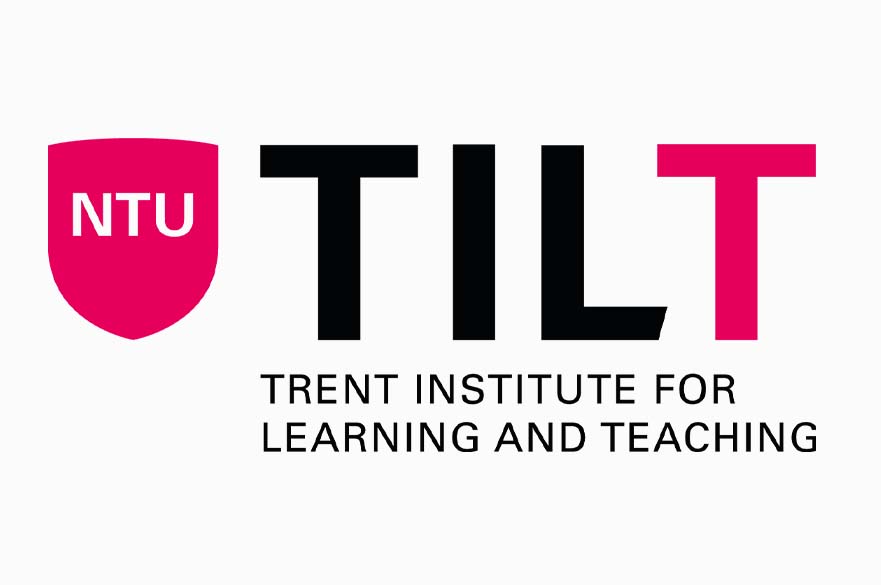
We are delighted to be dedicating the final Vitrines instalment of our 2024/25 season to archive material, information and clothing that documents the dynamism of the independent fashion scene of Nottingham in the 1980s.
In the years following Beeston-born Sir Paul Smith’s ascendency from a 3x3m store on Byard Lane in 1974 – to bases in London, Paris and Tokyo – many local fashion brands were established, including several by graduates from ‘Trent Poly’, who bucked the moving-to-London trend by committing themselves to the city and starting a new generation of independent labels. Homegrown brands such as G Force, Olto, Vaughan & Franks, Katsu and Cocky’s Shed were a just a few…
These brands combined talent, style discernment, DIY attitudes and cheap rents to start labels, open shops, and form global influence and connection. At one point the city even gained its own style pages in the form of Déspatch, Relay and Débris magazines, providing content as broad ranging as fashion editorial featuring local and international designers, montages of nights at The Garage, and signposting visitors to the shops and studios that were physically and ideologically a long way from the High Street.
The fashion scene that developed placed equal importance on both studio and social time, building a network of close-knit creatives who collaborated and supported one another. This community incapsulated many of the same qualities that gave rise to other significant, and perhaps more well-known cultural communities such as the city’s music, cinema and contemporary art scenes.
The aim of this presentation is to celebrate and help establish a legacy for this important period within the city’s [sub]cultural history. An open call for materials will run in the lead-up and during the exhibition, allowing anyone to submit related materials that will join the exhibition and evolving noticeboard.
Accompanying the exhibition is a suite of specially commissioned essays by independent scholar Ian Trowell. Ian has also provided curatorial consultancy and research to this project, having interviewed several of the key protagonists of that era. Ian writes on subjects including UK subcultures, music, fashion, popular culture, art and media. His book Throbbing Gristle: An Endless Discontent was published by Intellect Books in 2023.
This exhibition has been co-curated with Dr Katherine Townsend, a researcher, educator, practitioner and Professor in Fashion and Textile Practice in the Fashion, Textiles and Knitwear department in the School of Art and Design at Nottingham Trent University.
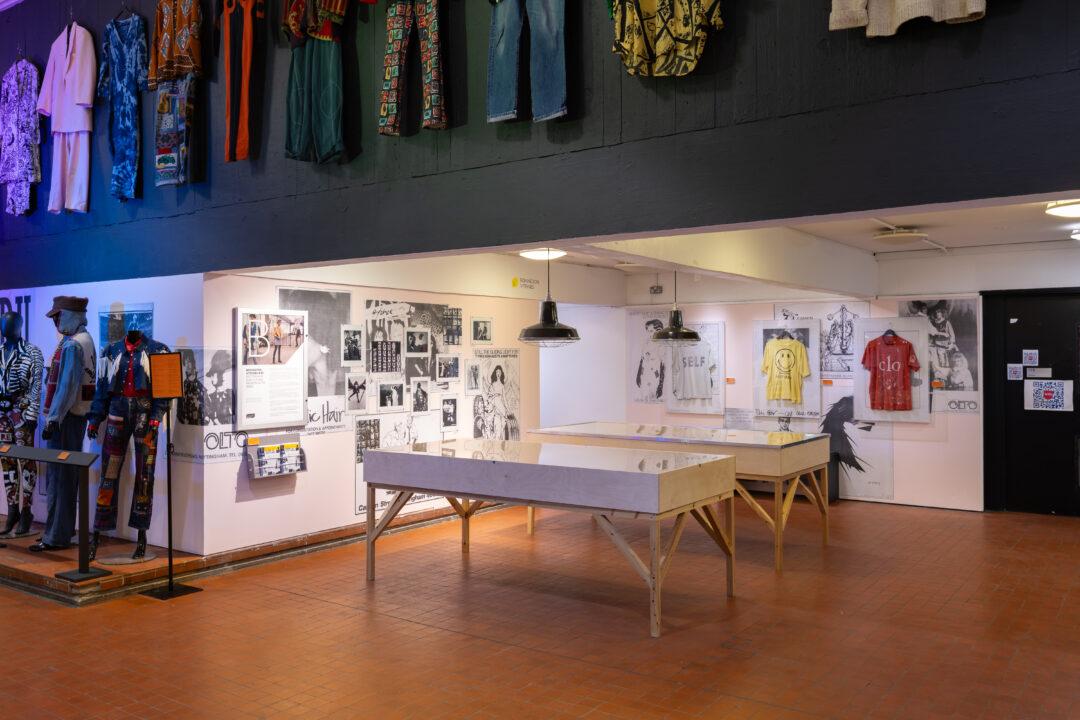
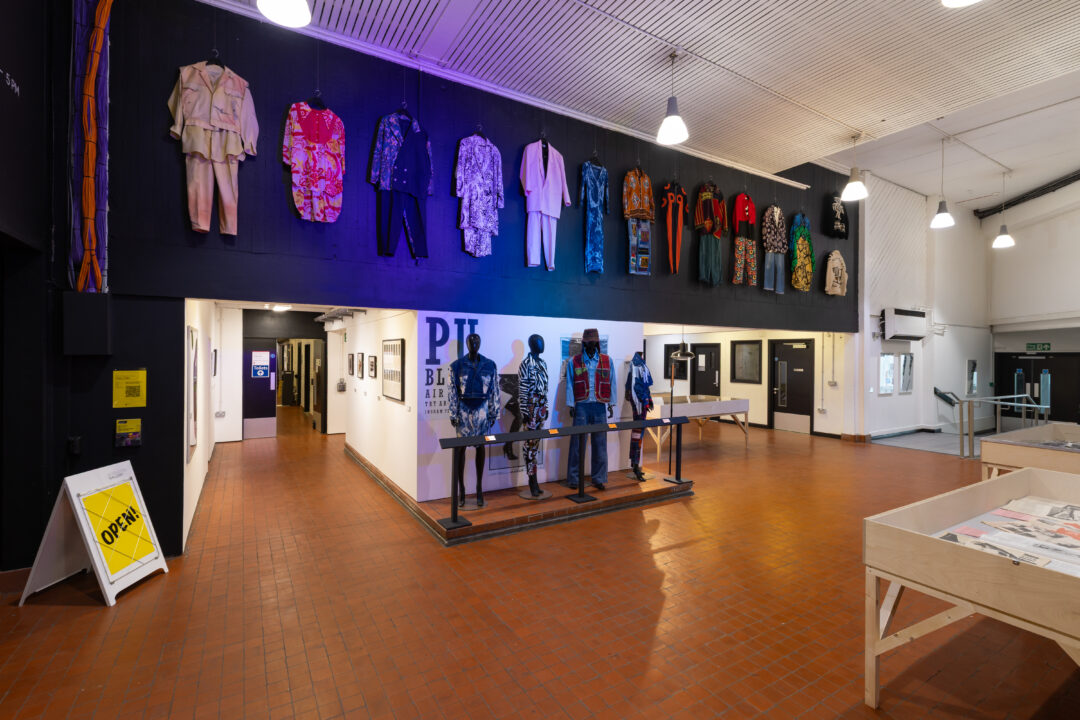
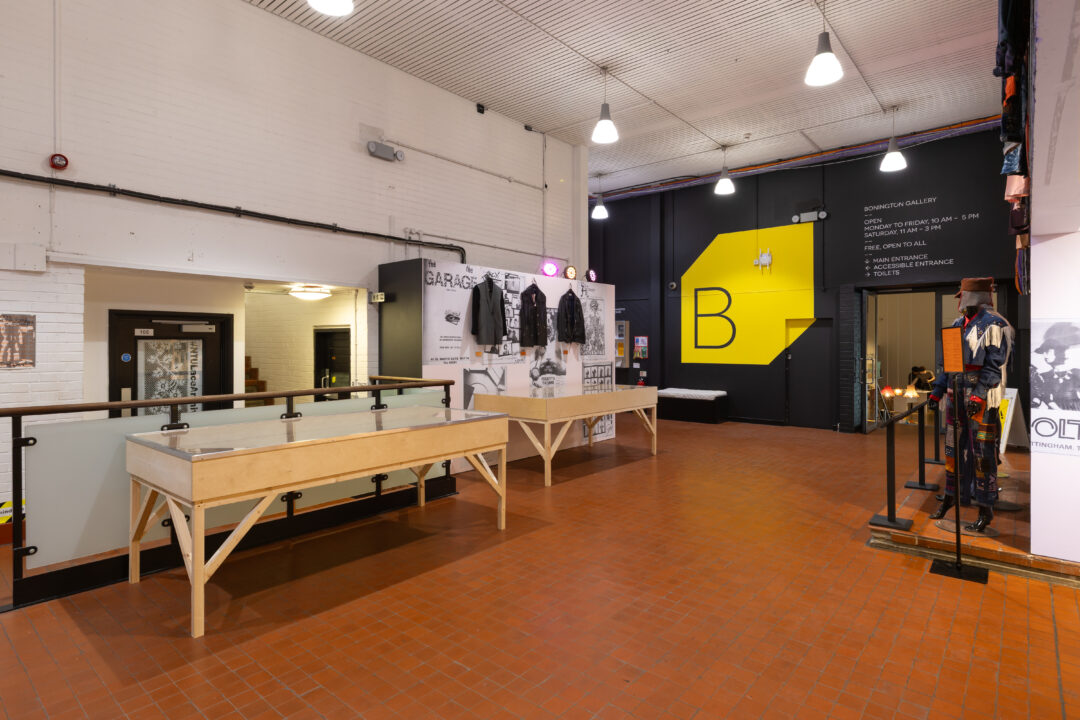
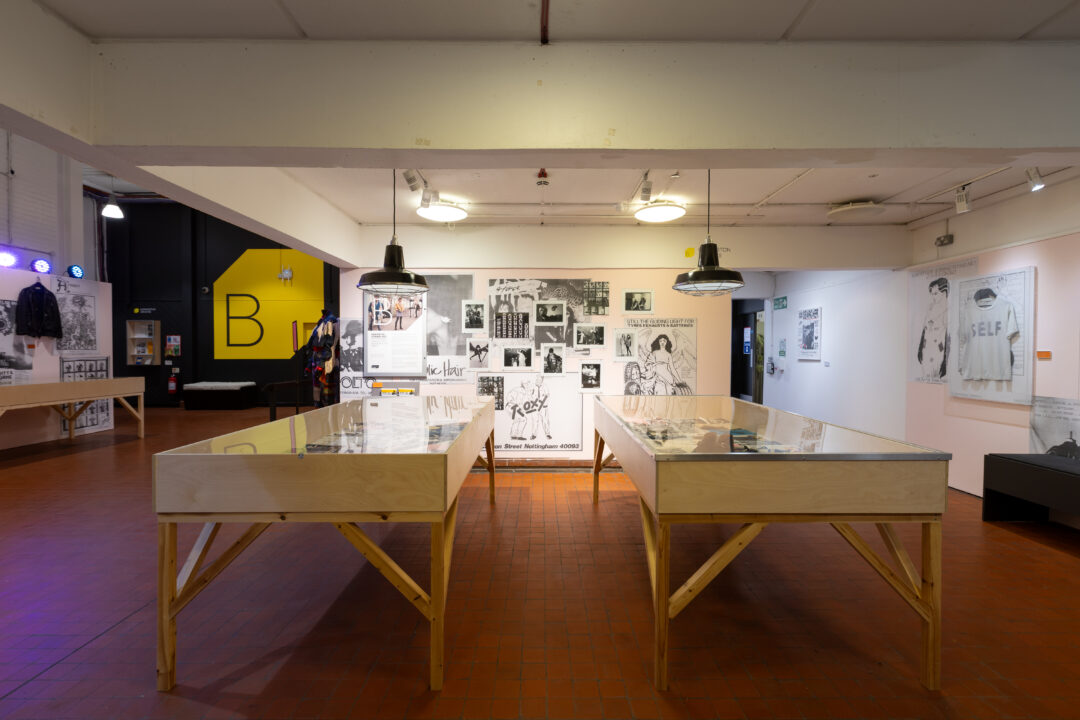
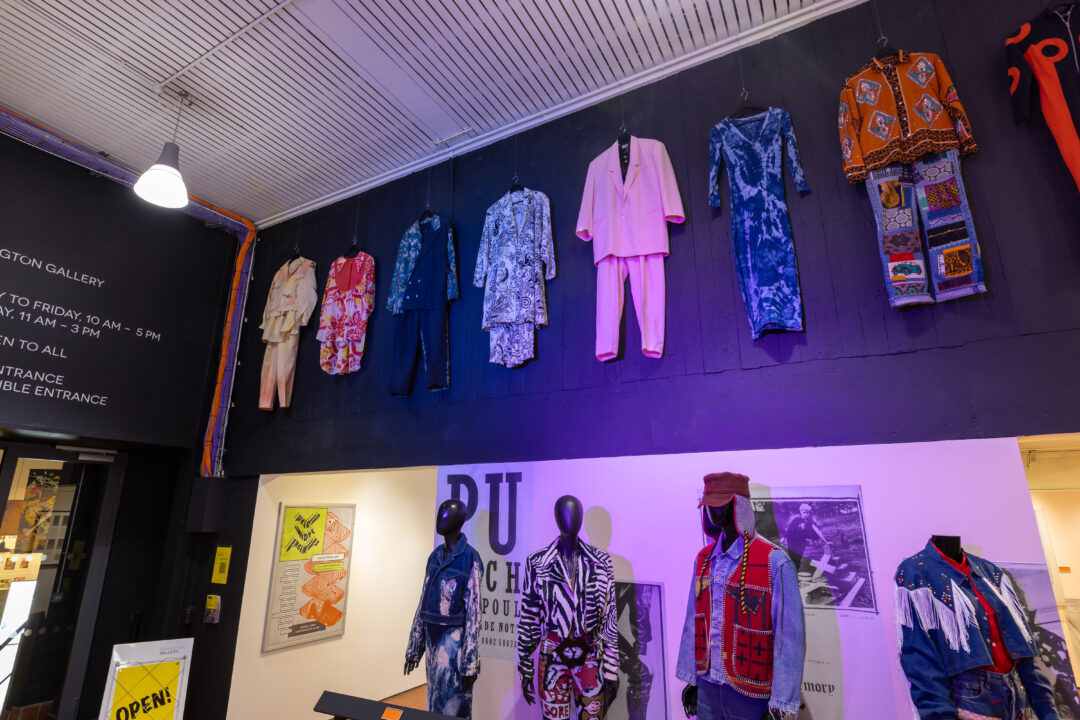
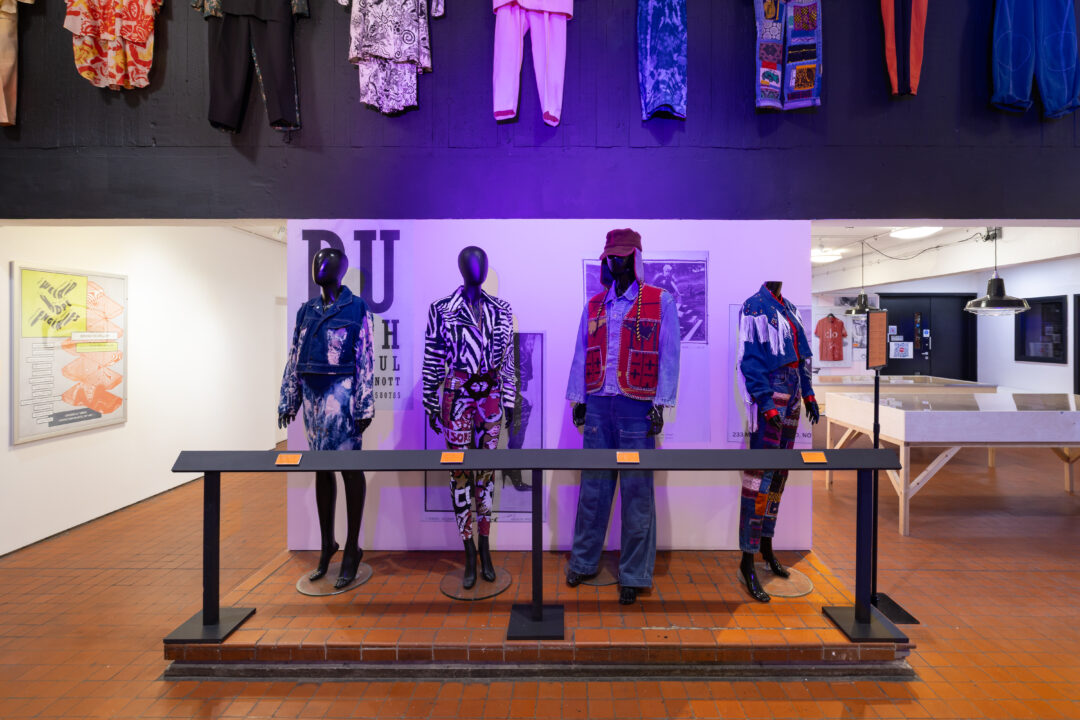
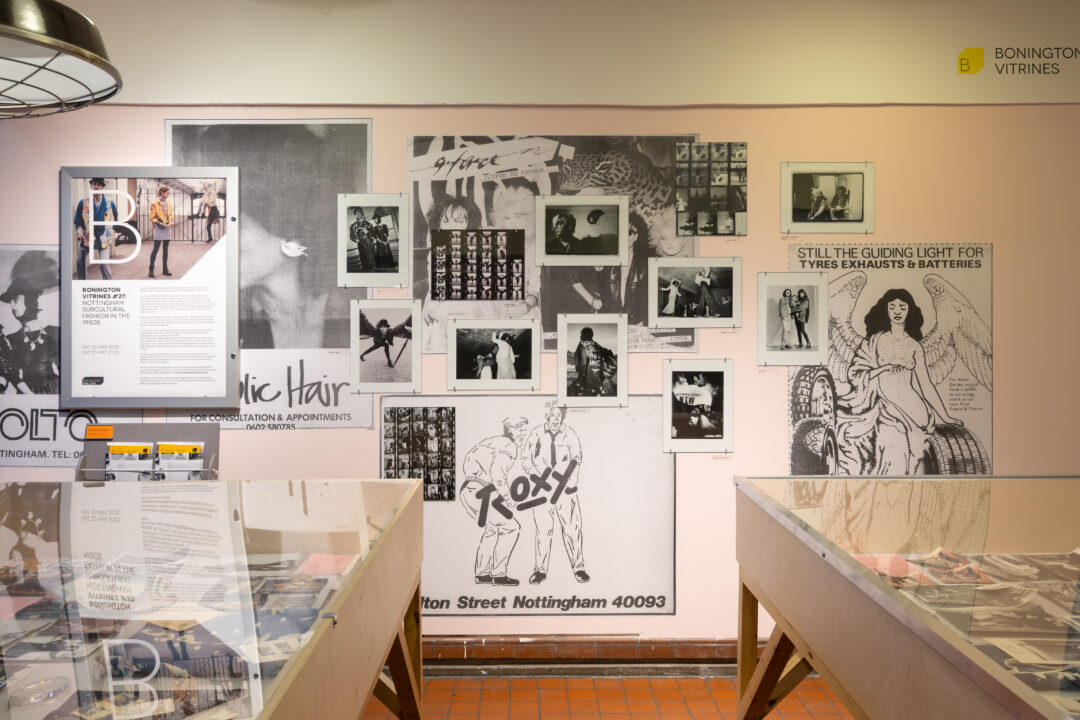
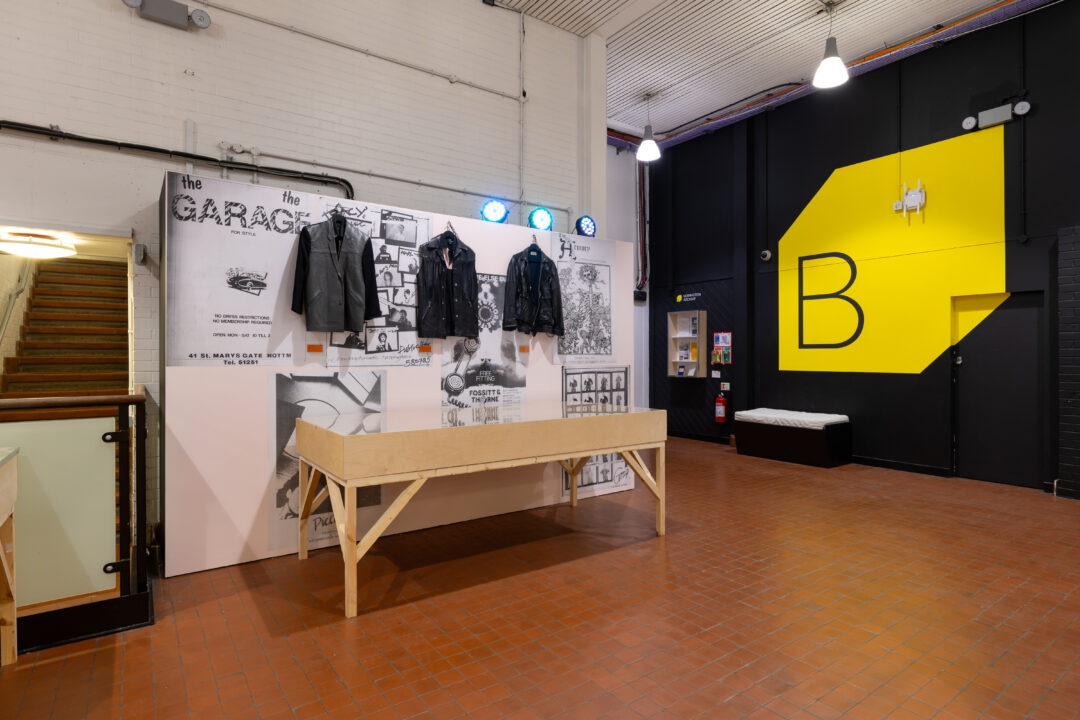
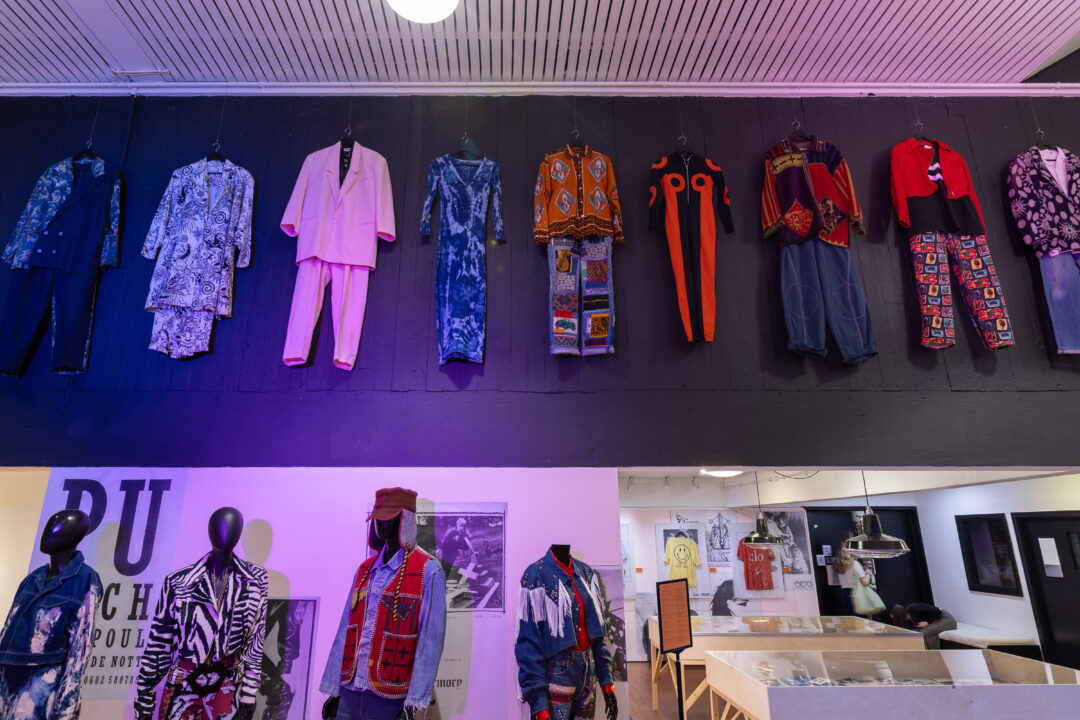
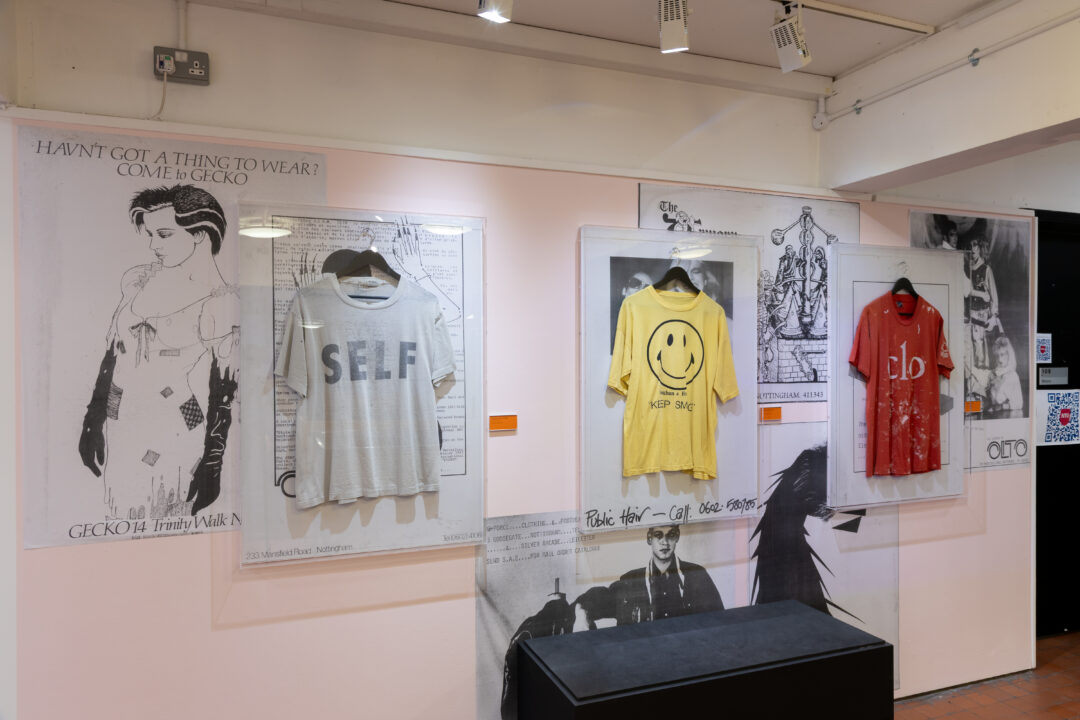
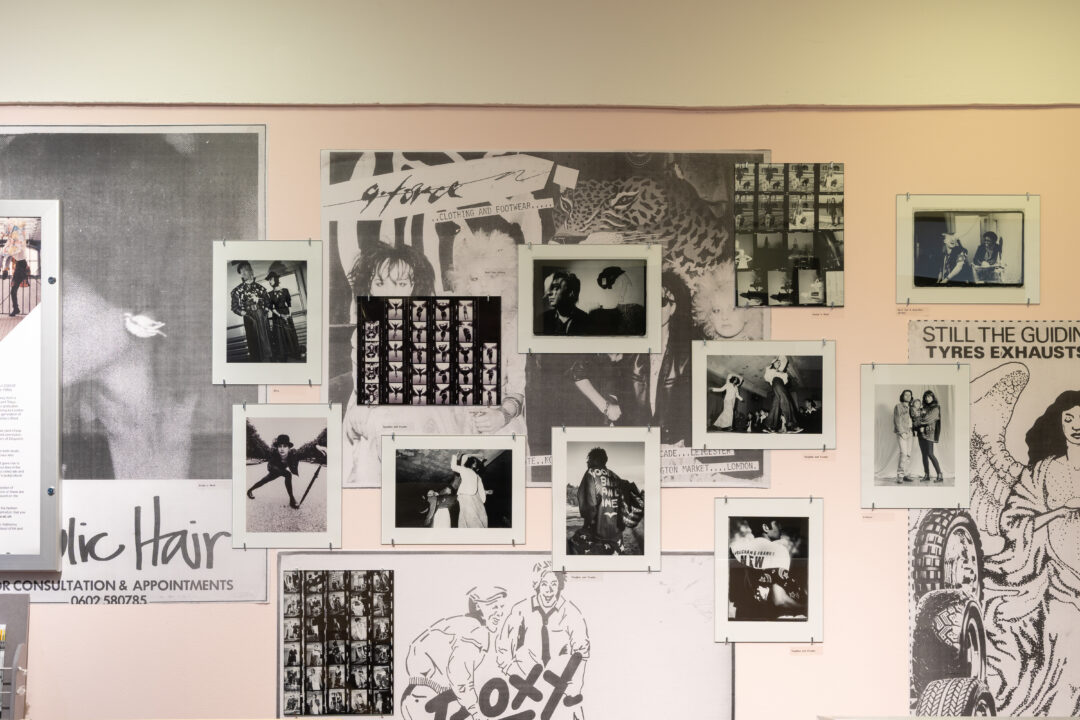
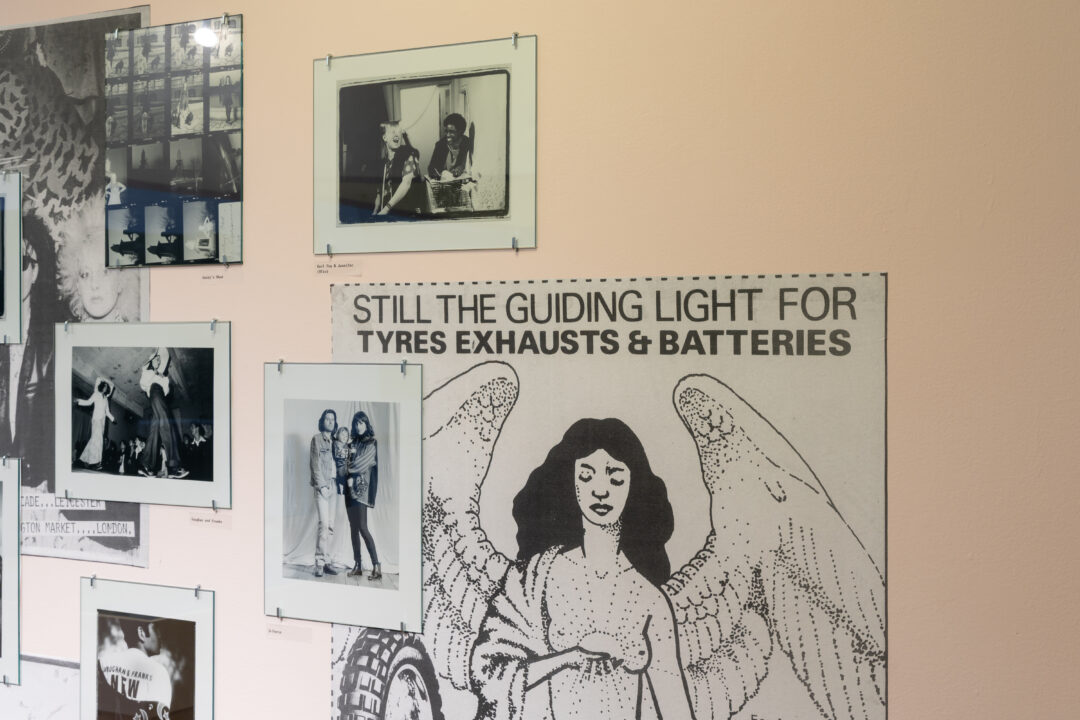
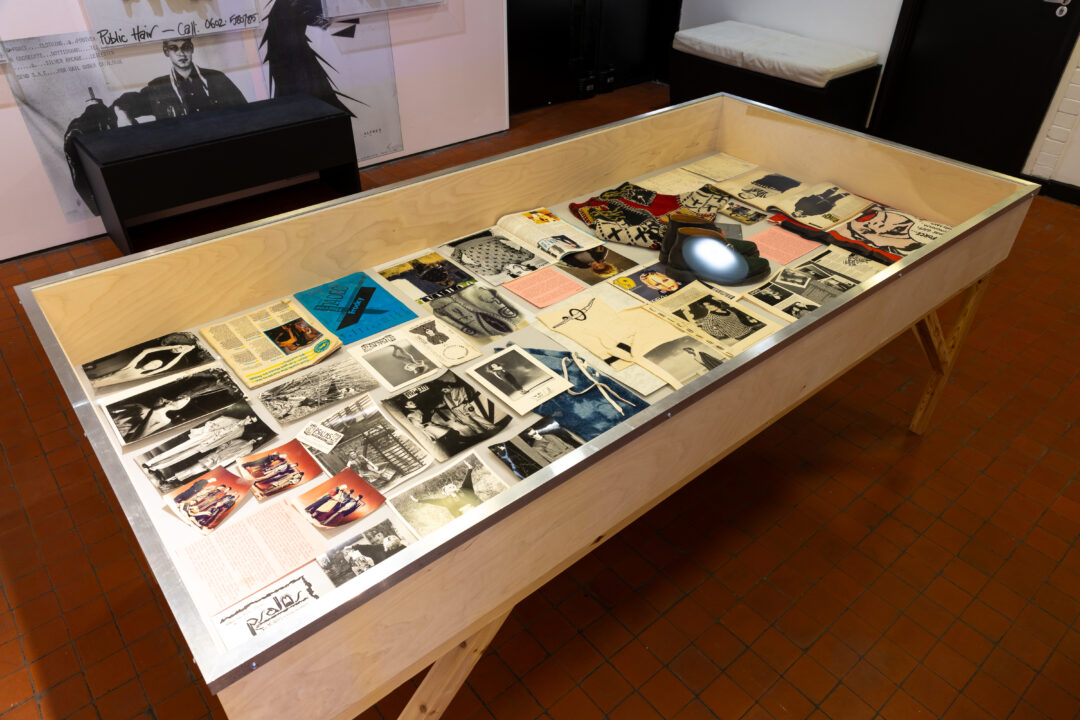
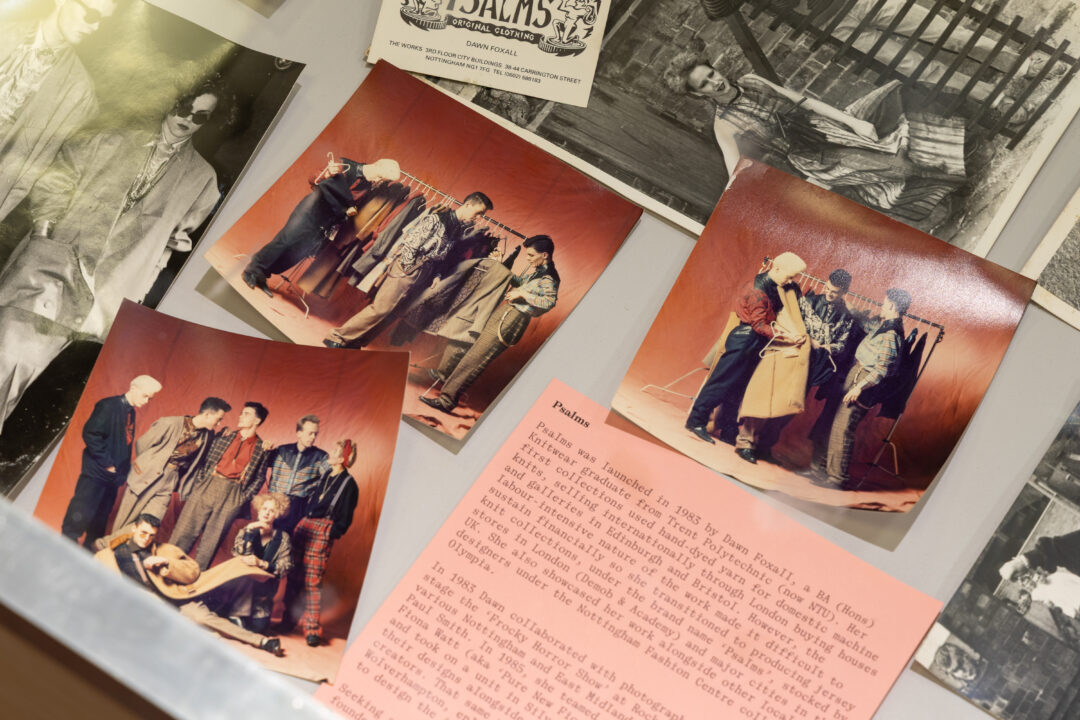
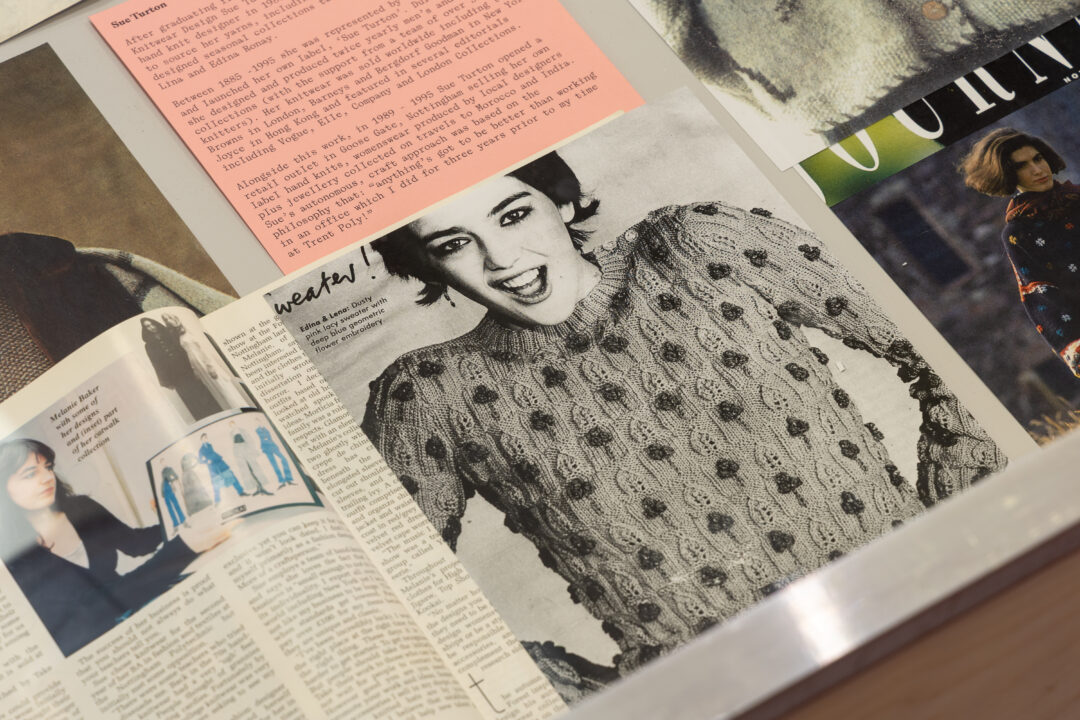
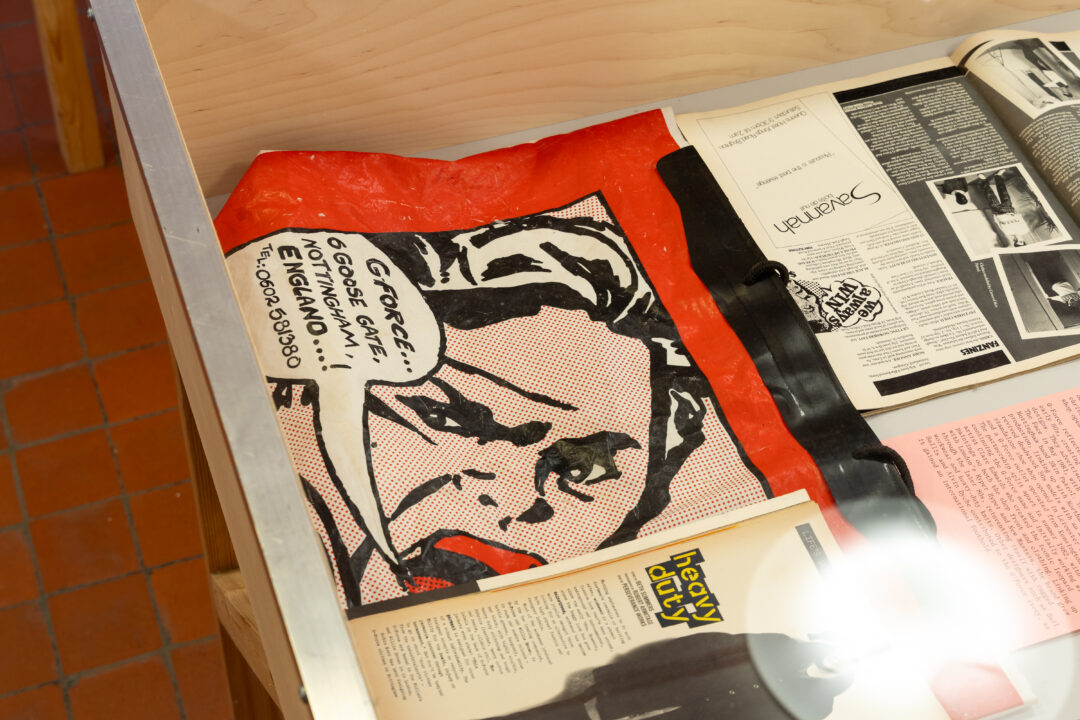
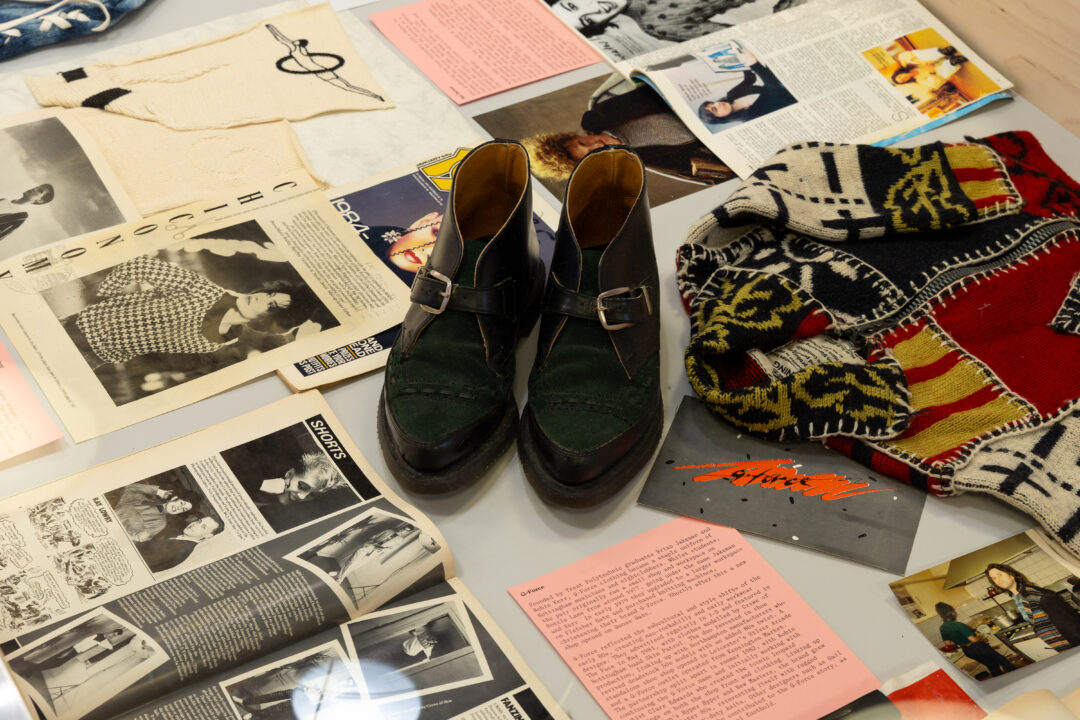
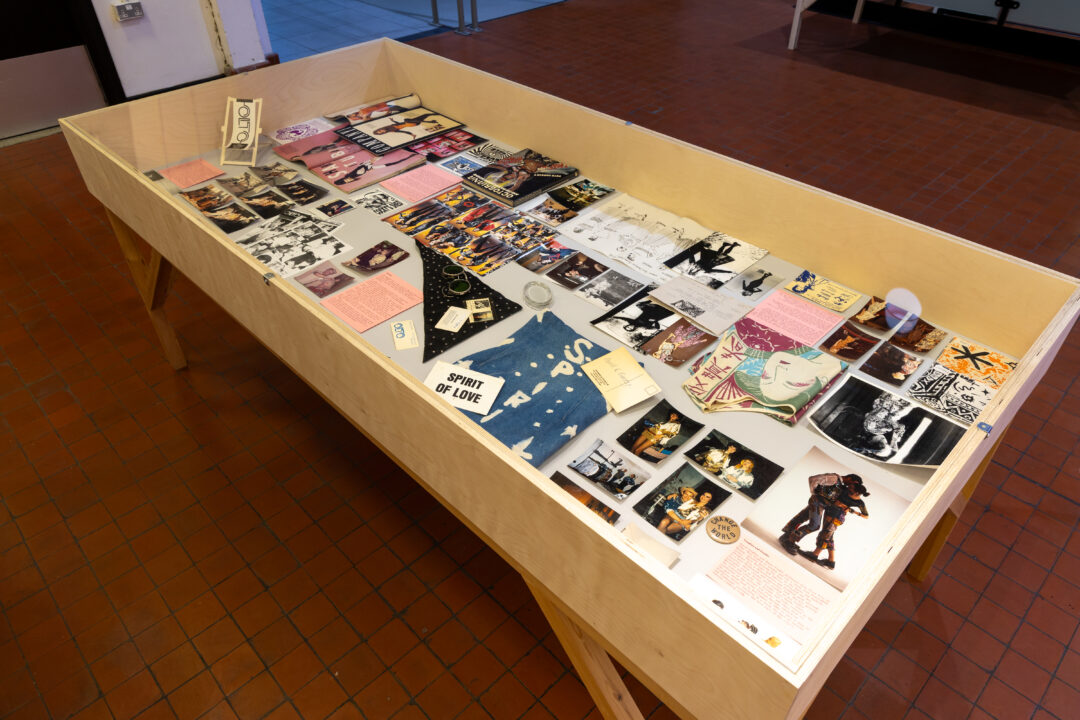
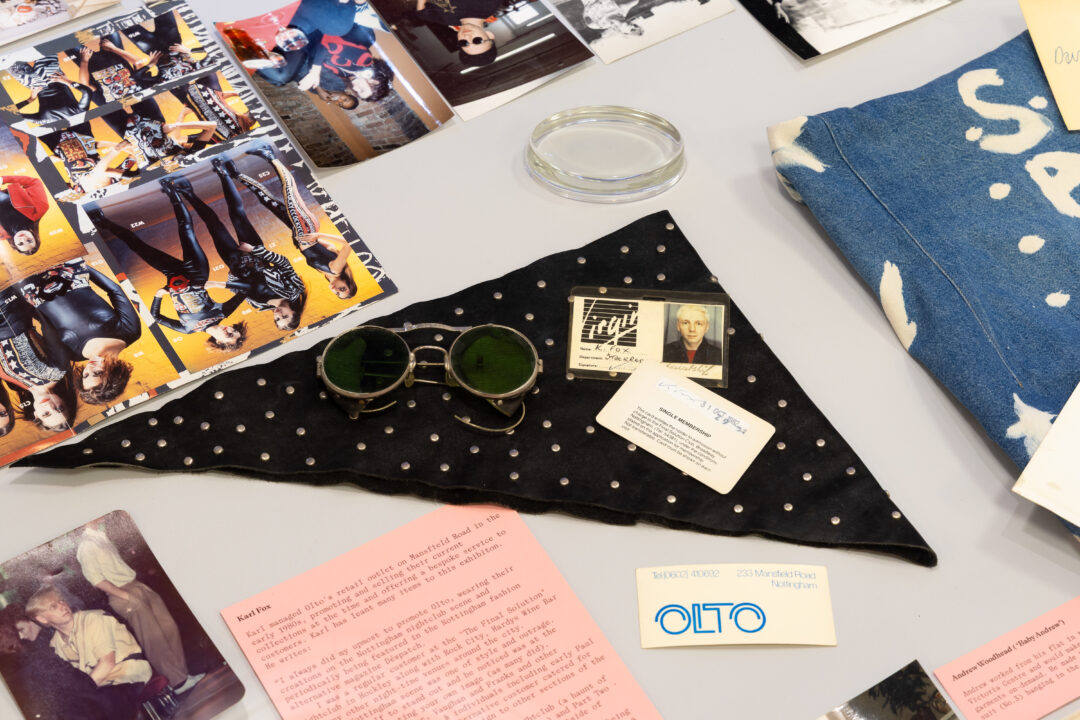
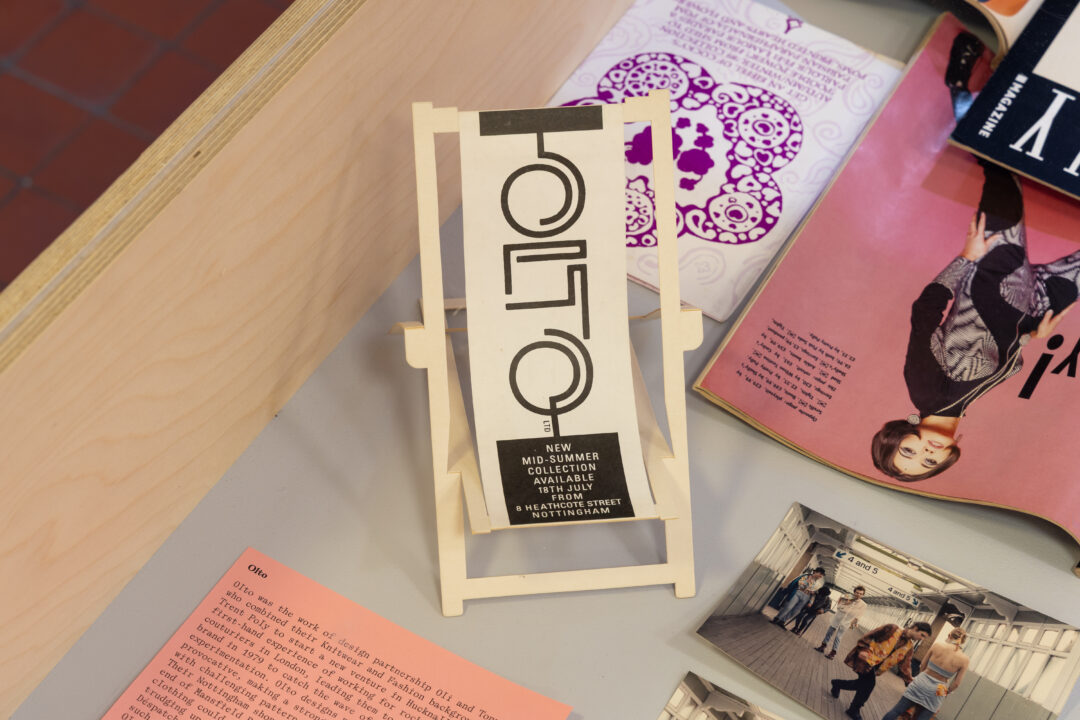
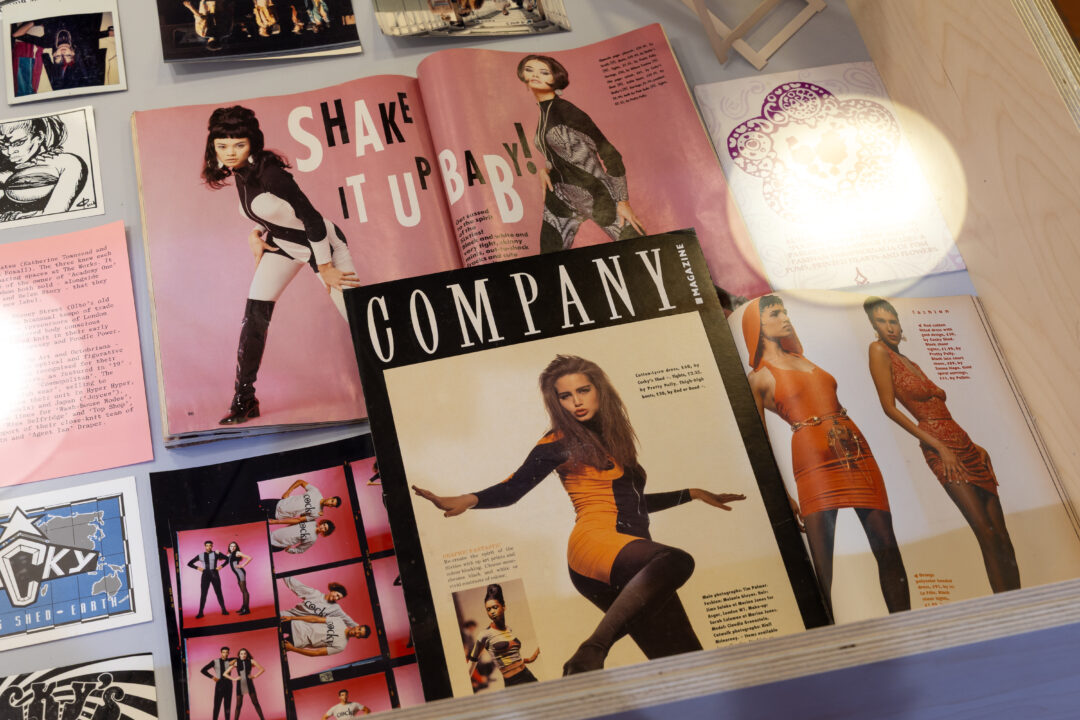
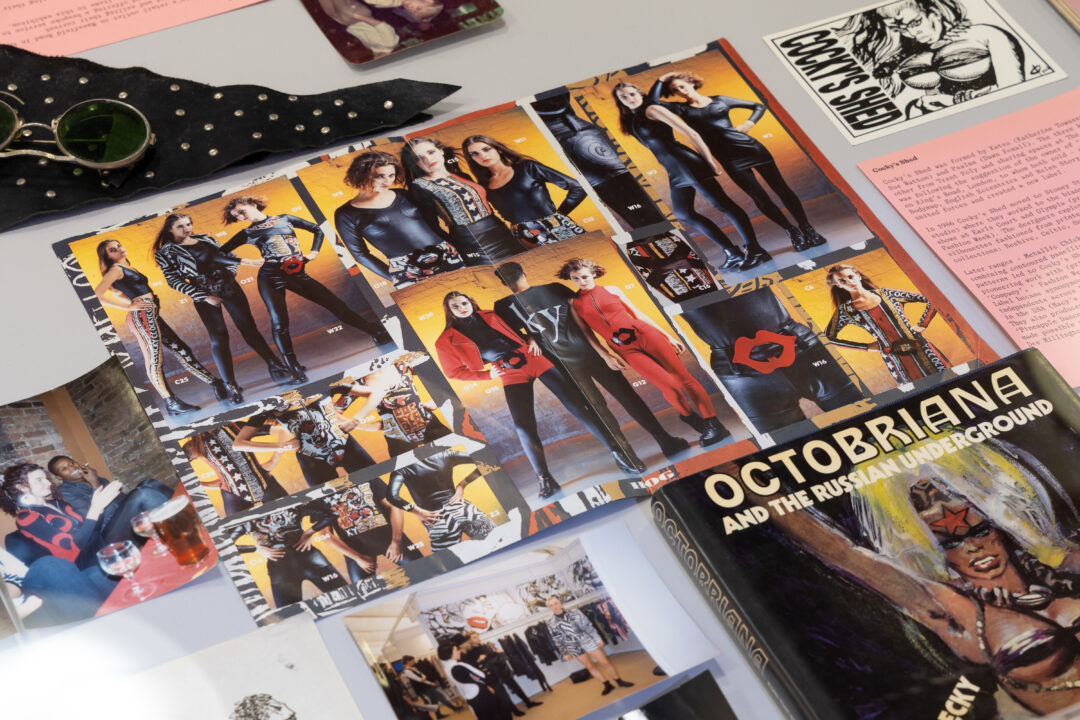
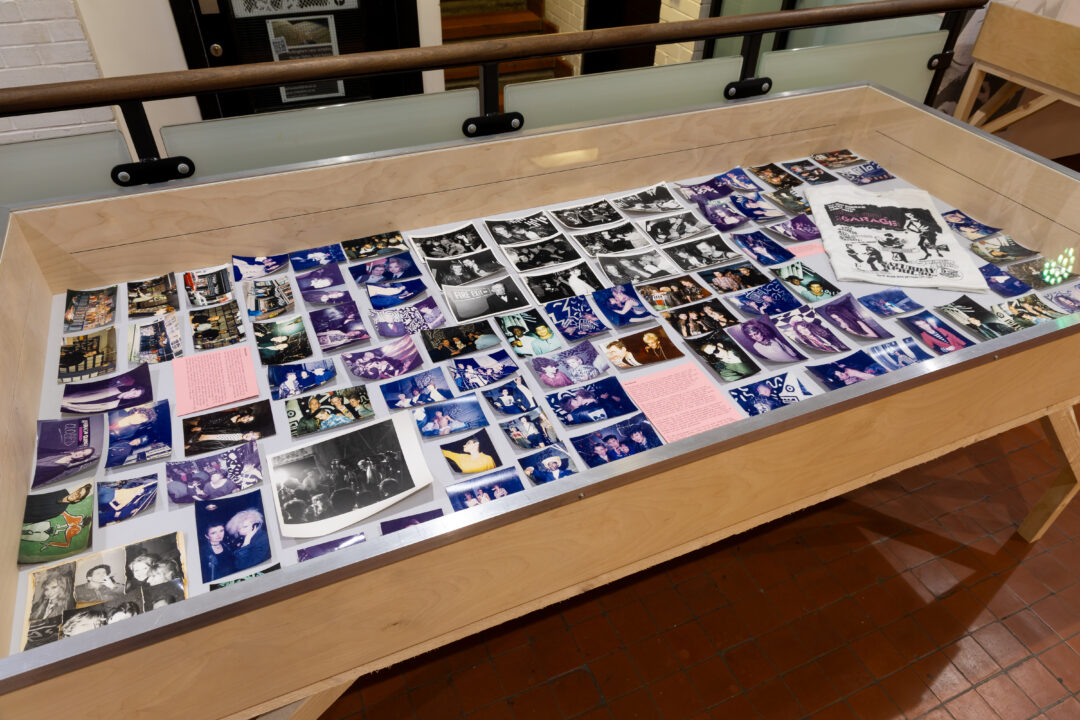
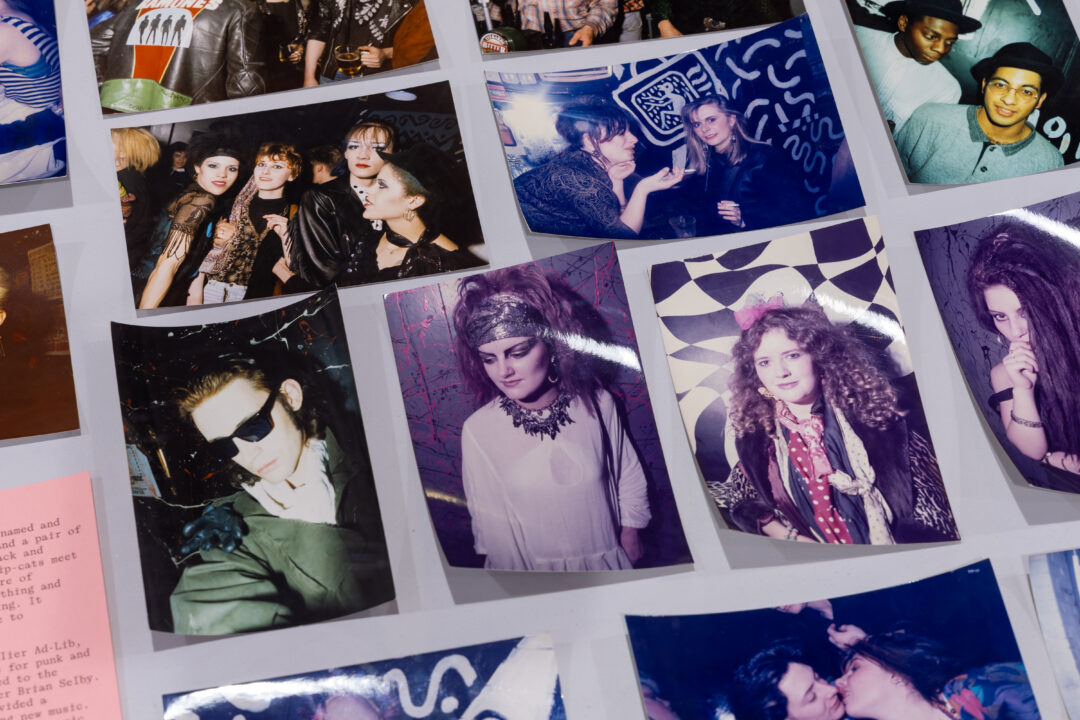

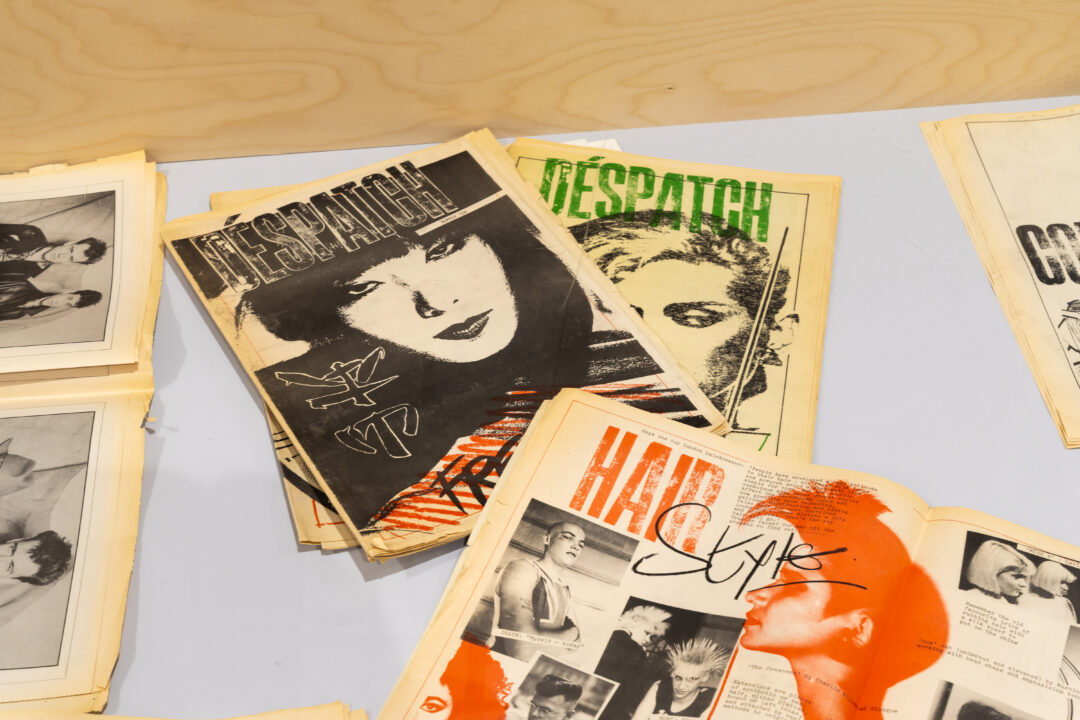
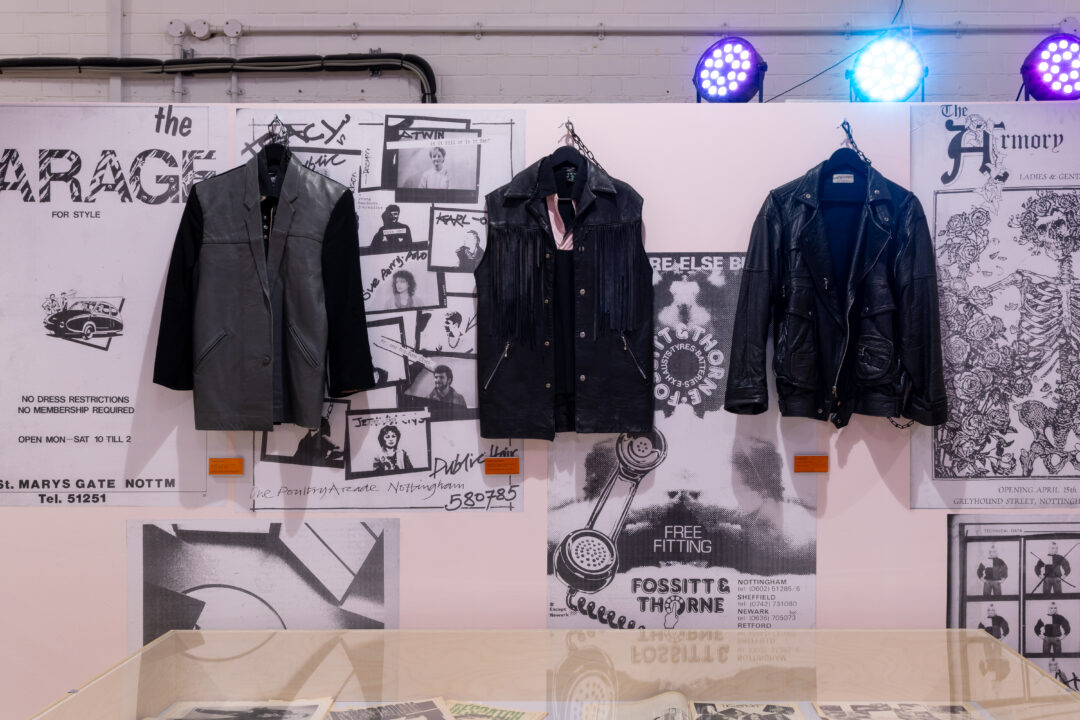
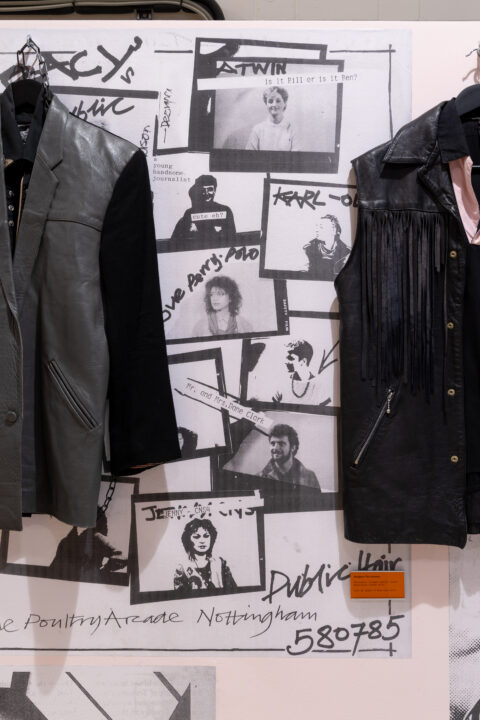

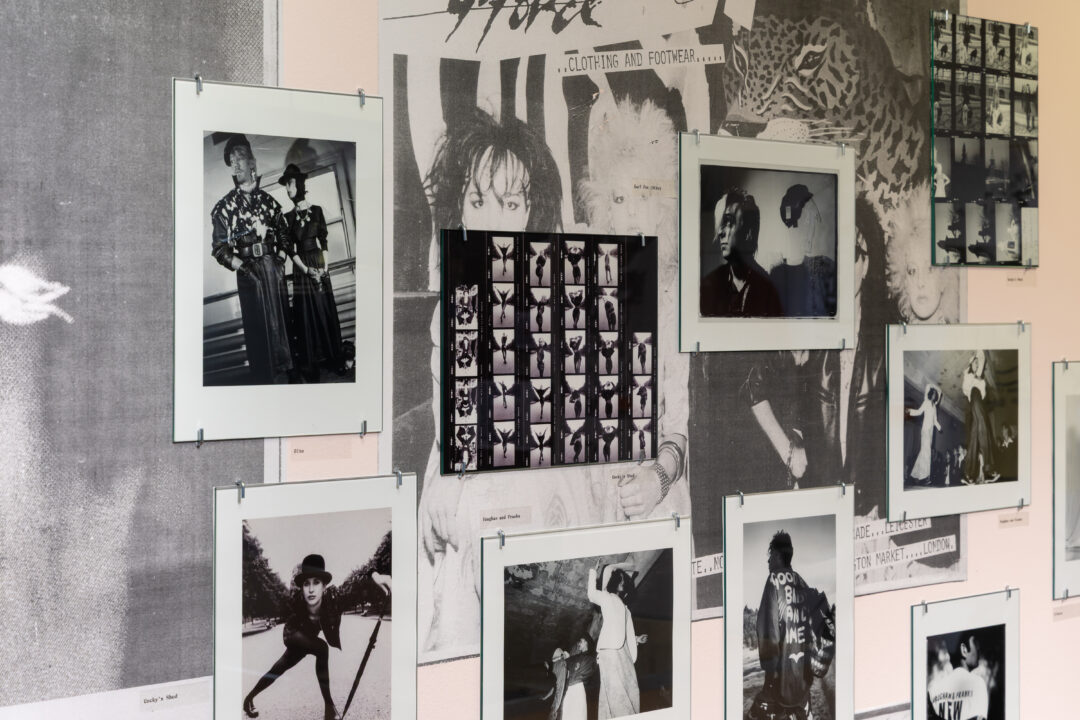
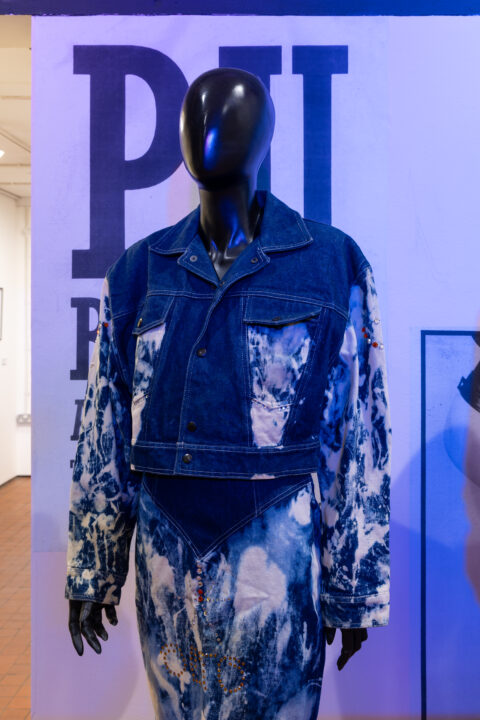
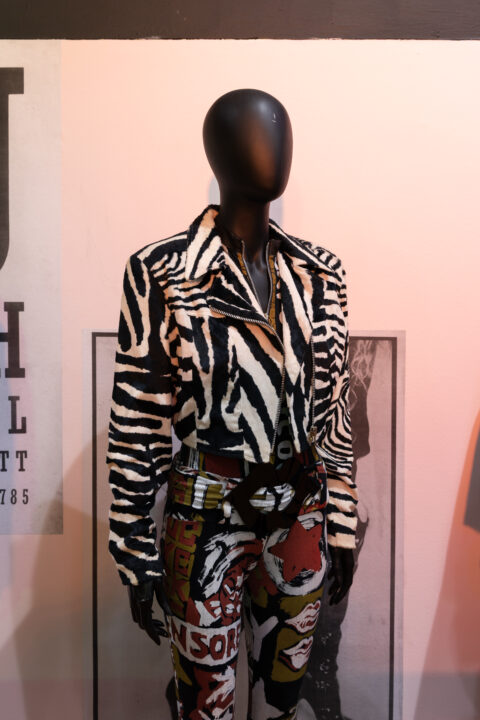
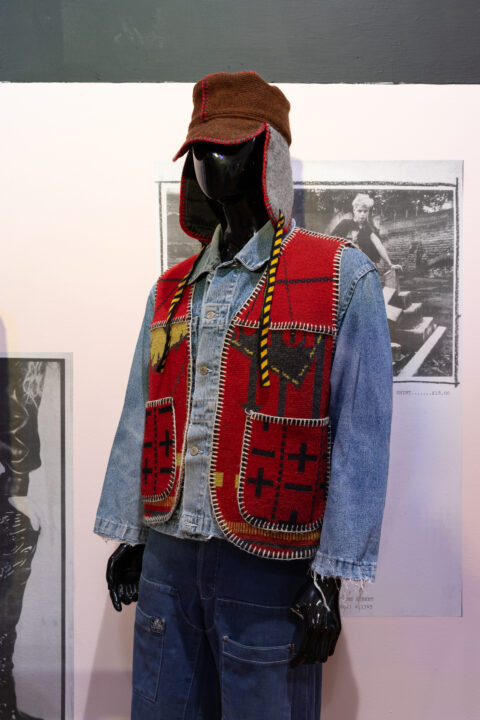
Ian Trowell’s essays
Press
Image: ‘Clockwork Orange’ collection by Olto (now One-BC). Photo by Paul Edmondson, circa 1984.

For an exhibition in March 2025, we are running an open call for materials that relate to Nottingham’s independent fashion scene in the 1980’s.
This period was an exciting time for homegrown fashion and style culture. Brands such as G Force, Olto, Cocky’s Shed plus others combined local talent & style discernment, with entrepreneurism & DIY attitudes to start labels, open shops and form connections and influence on a global level.

Do you have any Nottingham labels in your wardrobe? Did you start/run/work for a local label? Did you shop at G Force? Do you have photos of you and your friends wearing garb to The Garage? Did you pick up copies of Nottingham’s style pages Débris or Despatch? etc etc! If so, we’d love to hear your anecdotes, see your photos and materials (Eg. photos of night out, flyers, receipts, magazines, brochures) that relate to the scene and time.

The intention is to build a collection of material that will become part of the exhibition, and if contributors are happy, have this preserved within a growing archive of material going forwards.
In the first instance please email boningtongallery@ntu.ac.uk with any information and digital copies of materials (just snaps on your phone is fine) and we can take the conversation from there.
Coinciding with The Art Schools of the East Midlands exhibition, join us for a free event that explores the role of British art schools in shaping fashion, music and club culture over the last 40-50 years.
We will be joined by esteemed writer and curator Paul Gorman, who will discuss his work’s engagement with the significant role played by art schools, their educators and attendees in the broader culture.
Join us as we explore this past and consider it against the wider influence of the notion of the ‘art school’ on other forms of cultural and creative production.
Paul Gorman is a writer, curator and commentator on visual culture. His Books include The Look: Adventures in Rock & Pop Fashion, Mr Freedom – Tommy Roberts: British Design Hero, The Life & Times of Malcolm McLaren and The Wild World of Barney Bubbles. The paperback of his latest book, Totally Wired: The Rise & Fall of the Music Press was published in summer 2023.
Gorman has written for many of the world’s leading publications and curated exhibitions in the UK, continental Europe and the US.
Photo of Paul Gorman by Toby Amies.
In this ambitious new commission the artist has created a five-part moving image installation in response to Gustav Mahler’s Kindertotenlieder (Songs on the Death of Children). The result is a unique project which fuses contemporary visual art with classical music and literature.
This exhibition has been commissioned by Picture This in Bristol and Opera North, in partnership with Impressions Gallery, Bradford and Future Factory at Nottingham Trent University.




















Lucuna by artist Joy Buttress investigates the current interpretation of lace in contemporary visual culture. Lacuna explored the interface between skin and pattern which is created by lace fabric when worn on the body.
The work in this exhibition portrayed human skin through the use of leather and latex; embedding meaning and emotive boundaries through the application of decoration and pattern. Hand processes that include forms of stitch, and machine processes of laser etching and digital embroidery, were combined to create unfamiliar surfaces.
Joy’s research was funded by the Arts and Humanities Research Council.


















Fuelled by a continued resurgence of lace in contemporary culture and art and design practice, Lace:here:now was a season of events that took place in the city that was once at the heart of the lace manufacturing industry – Nottingham. In recognition of the value of lace and its importance to the identity of Nottingham and beyond, Lace:here:now celebrated the heritage of Nottingham lace and demonstrated that lace still inspires, fascinates and excites.
For full details, visit the Lace:Here:Now webpages.












Students from the Textiles, Fashion and Decorative Arts courses at Nottingham Trent University were inspired by its lace archive to produce drawings, textiles, products and investigations. Using the rich heritage of the archive to form the starting point, they explored the concept of lace, exploring materials and the use of heritage to inform design thinking for a new generation of designers.












Following the success of our London’s Calling exhibition, we invited 80s club host and fashion icon, Scarlett Cannon, to join us for an in-conversation event with fashion designer and Nottingham Trent University (NTU) lecturer, Juliana Sissons.
On Wednesday 18 October 2017, Juliana and Scarlett share their experiences of what it was like to be part of the vibrant, transitional youth culture and clubbing scene in London during the 1980s. London was experiencing a social, cultural and political revolution, paving the way for self-expression and rebellion. The club scene in London was explosive and challenged boundaries; and the fashion that came with it was flamboyant, hedonistic and designed to shock.
Chaired by Bonington Gallery curator Tom Godfrey, this in-conversation event posed questions around the importance of fashion, gender and self-expression in the 1980s and what impact it has had on their lives since…
Imprints of Culture explored the contemporary production and use of Indian block prints. Like few other objects, block prints embody richly diverse histories that have been shaped by trade, conquest and colonisation, technological innovation and entrepreneurship.
This exhibition showed how block printing, one of India’s foremost crafts, has not only played a role in the ritual life of the subcontinent but also in the creation of visual identity. Integral to caste dress and modern urban style, block prints have been a significant source of revenue through centuries of domestic and international trade.
This show included block prints from leading centres of the craft in Gujarat, Rajasthan, Madhya Pradesh and Andhra Pradesh, including traditional designs as well as innovations. It has been developed in collaboration with block printers in these areas as well as fashion designer, Aneeth Arora.
This exhibition was supported by the British Academy (International Partnership and Mobility Scheme, 2014-17). The research underpinning it was funded by a Leverhulme Research Fellowship (2012-14).
Read a recent Q&A with the curator, Eiluned Edwards, as she talks to Aesthetica magazine about the exhibition.
Preview
Wednesday 24 February, 5 pm – 7.30 pm
Joining us for the special preview event will be Deirdre Figueiredo, MBE, who will deliver a welcome speech at 6 pm.
Deirdre is the Director of Craftspace in Birmingham. Aside from the Crafts Council, Craftspace is the only independent crafts promotion, development and touring agency in the country and as such occupies a unique position in the national infrastructure for the contemporary crafts. It supports the creative industries whilst also building social and human capital within communities.
Apart from her position at Craftspace, Deirdre has also played a wider voluntary role contributing to cultural policy and strategy through a range of advisory panels, boards and steering groups including the Museums Association Equal Opportunities panel, Regional Council Member of Arts Council West Midlands, member of Arts Council Capital Lottery panel, Creative and Cultural Skills Advisory Panel and Birmingham City Council cultural strategy working groups.
Block Printing Demonstration
To coincide with the exhibition, Bonington Gallery is delighted to host a public block printing demonstration with Abduljabbar M. Khatri, a renowned block printer from Kachchh district, Gujarat, India.









































